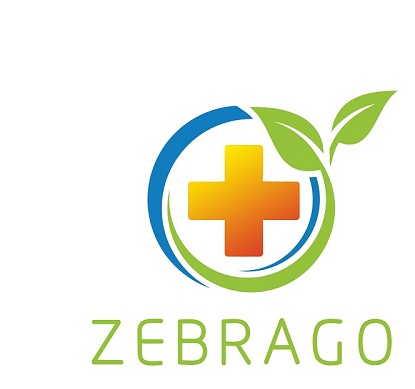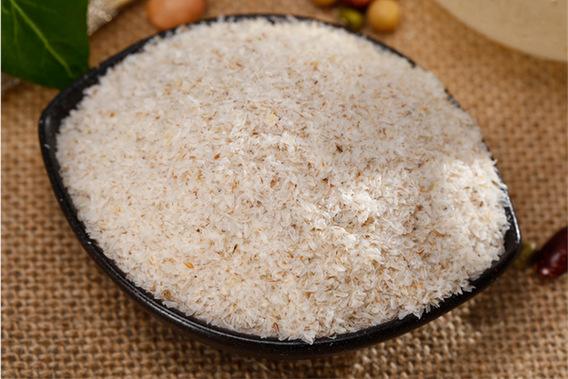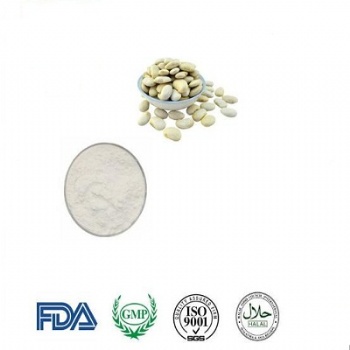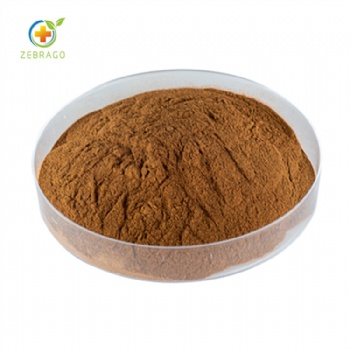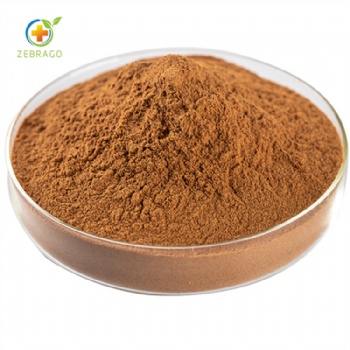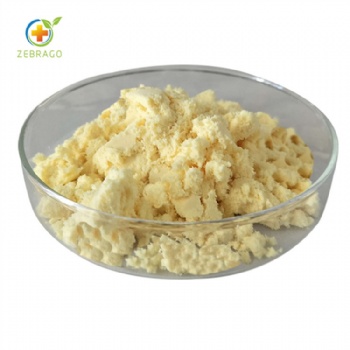Psyllium husk also simply called psyllium are parts of the seeds of the plant Plantago ovata of the genus Plantago which native to India but can be found elsewhere. Psyllium husks are hygroscopic, capable of absorbing fluids primarily used as bulk forming laxative and a good source of dietary fiber and used commercially to produce mucilage.
Psyllium husk is an effective herb used to lose weight and in maintaining general intestinal health. Psyllium husk’s benefits come from its spongy fiber that is not readily digestible presenting a feeling of fullness thus reducing appetite. The fiber-rich psyllium husk also improves digestion while cleansing the system. Psyllium is an excellent source of fiber for low carbohydrate diets that is effective in weight control programs.
|
SPECIFICATION OF PSYLLIUM HUSK POWDER |
|||||||||||||||||||||
|
Name: |
Psyllium Husk Powder |
Origin: |
P. R. China |
||||||||||||||||||
|
Packing: |
25Kg/Drum |
Type of extraction: |
Ethanol |
||||||||||||||||||
|
Item |
Specification |
Method |
|||||||||||||||||||
|
Basic Product Information
|
|||||||||||||||||||||
|
Product name |
|||||||||||||||||||||
|
Appearance |
Purple red powder |
GB/T 5492-2008 |
|||||||||||||||||||
|
Odor& Taste |
Characteristic |
GB/T 5492-2008 |
|||||||||||||||||||
|
Process Data |
|||||||||||||||||||||
|
Purity |
99.00% Min |
99.30% |
|||||||||||||||||||
|
Physical Characteristics |
|||||||||||||||||||||
|
Heavy Extraneous matter |
00.50% Max |
USP-34 |
|||||||||||||||||||
|
Swell volume |
40ML/GM Min |
USP-34 |
|||||||||||||||||||
|
Moisture |
12.00% Max |
USP-34 |
|||||||||||||||||||
|
Total ash |
04.00% Max |
USP-34 |
|||||||||||||||||||
|
Acid insoluble ash |
01.00% Max |
USP-34 |
|||||||||||||||||||
|
Heavy Metals |
|||||||||||||||||||||
|
Total Heavy Metals |
<10 ppm |
USP <231>, method II |
|||||||||||||||||||
|
Arsenic |
<1.0 ppm |
AOAC 986.15, 18th |
|||||||||||||||||||
|
Lead |
<1.0 ppm |
AOAC 986.15, 18th |
|||||||||||||||||||
|
Mercury |
<0.5 ppm |
AOAC 971.21, 18th |
|||||||||||||||||||
|
Pesticide Residue |
|||||||||||||||||||||
|
666 |
<0.2ppm |
GB/T5009.19-1996 |
|||||||||||||||||||
|
DDT |
<0.2ppm |
GB/T5009.19-1996 |
|||||||||||||||||||
|
Microbiology |
|||||||||||||||||||||
|
Total Plate Count |
<1,000cfu/g |
AOAC 990.12, 18th |
|||||||||||||||||||
|
Total Yeast & Mold |
<100cfu/g |
FDA (BAM) Chapter 18, 8th Ed. |
|||||||||||||||||||
|
E. Coli |
Negative |
AOAC 997.11, 18th |
|||||||||||||||||||
|
Salmonella |
Negative |
FDA (BAM) Chapter 5, 8th Ed. |
|||||||||||||||||||
1.Psyllium Husk powder is astringent, anti-toxic, antimicrobial, anti-inflammatory, anti-histamine, as well as demulcent, expectorant, styptic and diuretic.
2.Psyllium Husk powder is useful for insect bites, poison-ivy rashes, minor sores, and boils.
3.Psyllium Husk powder is used for coughs and bronchitis, as a tea, tincture, or syrup.
4.Psyllium Husk powder is useful for constipation, irritable bowel syndrome, dietary fiber supplementation, and diverticular disease.
5.Psyllium Husk powder inhibitory effect of various bacteria and Staphylococcus.
6.Psyllium Husk powder to prevent kidney strong formation
1.Application in the nutraceuticals food, it has become a new raw material which used in food and nutraceuticals industry;
2.Application in the health product field;
3.Application in the pharmaceutical field;
4.Application in the dietary supplement and cosmetics industries;


